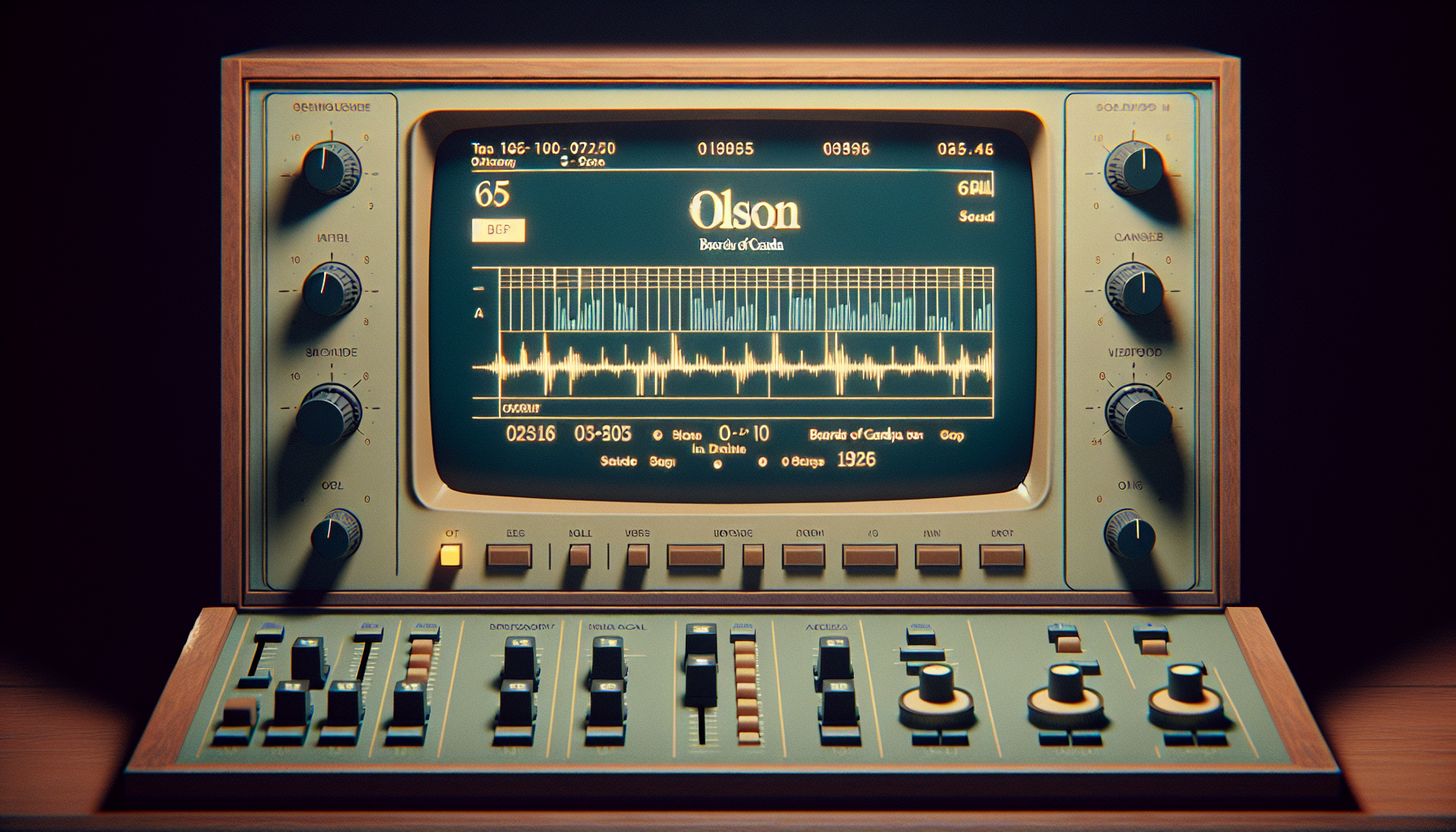
The PDP-1: A Vintage Wonder in the Digital Era
The Heritage of the PDP-1
The Programmed Data Processor-1 (PDP-1) occupies an important niche in the history of computing. Recognized mainly as the foundation for “Spacewar!”, one of the earliest video games, the PDP-1 exemplifies the creativity of early computer engineers. Beyond its gaming roots, this legendary machine has recently been presented in an innovative manner, attributed to enthusiasts who have converted it into a large, though sluggish, music player.
From Spacewar! to Sound Frequencies
The PDP-1’s newest highlight is its capability to play music, particularly Boards of Canada’s “Olson”. This achievement was made possible by Peter Samson, an engineer and Computer History Museum docent, who carefully programmed the PDP-1 to interpret and play music from paper tape. This initiative, led by Joe Lynch, sought to adapt the atmospheric track into a format the PDP-1 could comprehend and reproduce.
The Harmony Compiler: A Nostalgic Innovation
The secret to this musical metamorphosis lies in the “Harmony Compiler”, a tool initially created by Samson during his tenure at MIT in the 1960s. Originally meant for recreating classical music, this compiler has demonstrated sufficient flexibility to handle ’90s electronic music too. It repurposes four of the PDP-1’s lightbulbs into square wave generators, effectively transforming them into 1-bit digital-to-analog converters (DACs).
The Craft of Paper Tape Programming
Programming the PDP-1 to perform music is quite a challenge. The procedure entails manually punching the converted audio data into paper tape, which is subsequently fed into the machine. This meticulous approach underscores the commitment of the contributors to the project, as they infuse a contemporary flair into a classic computer.
Conclusion
The PDP-1 continues to enchant technology aficionados and historians alike. Its transition from a gaming console to a music player highlights the enduring charm of vintage technology. Initiatives like these not only maintain the legacy of early computing but also encourage new generations to investigate the potential of retro machines.
Q&A
Q1: What is the PDP-1 most renowned for?
A1: The PDP-1 is best known for serving as the platform for “Spacewar!”, one of the first video games in history.
Q2: How was music produced on the PDP-1?
A2: Music was produced on the PDP-1 by converting it into a machine-readable format, utilizing paper tape and the “Harmony Compiler” to change audio into signals processed by the computer’s lightbulbs.
Q3: What defines the “Harmony Compiler”?
A3: The “Harmony Compiler” is a device developed by Peter Samson to convert music into a format that could be played through the PDP-1’s lightbulbs, functioning as square wave generators.
Q4: Why does the PDP-1 hold importance in computing history?
A4: The PDP-1 is vital for its involvement in early video gaming and its showcase of early computers’ abilities to handle complex tasks like music playback.
Q5: What difficulties are associated with programming the PDP-1 for music?
A5: Programming the PDP-1 for music involves the laborious task of manually punching data into paper tape, an intricate and time-consuming process that demands accuracy and commitment.